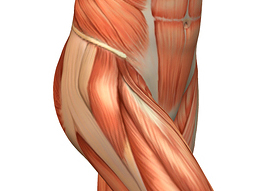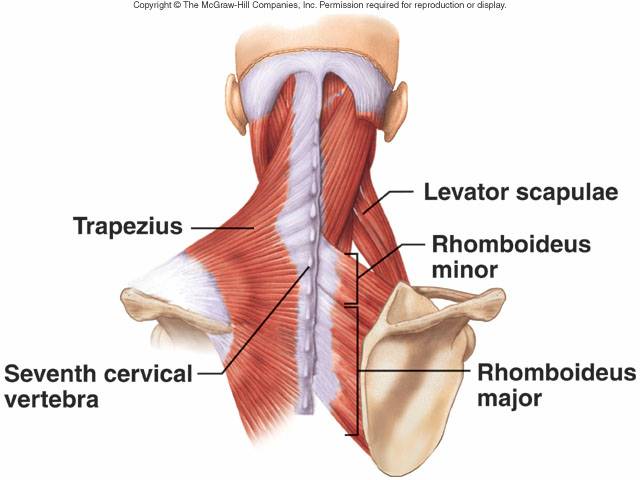Let's look at one of the main reasons why a proper conditioning program can be so beneficial for a female athlete. Actually, TWO of the main reasons, the right knee and the left knee.
FEMALE ATHLETE'S KNEES AND INJURY PREVENTION
There are a lot of theories and studies on why females suffer more from knee-related injuries than men. Some of the possible causes have to do with the anatomy and physiology and others more with biomechanics and movement skills. Research says that for example in basketball there are about twice as much ACL-injuries with women than with men and in soccer the number is even higher. It is estimated that 38 000 female athletes suffer from an ACL-injury every year.
The good news is that according to studies proper conditioning program can help decrease the non-contact knee injuries with youth female athletes by 88%.
So what does the Knees 4 Speed -program consist of?
1. Activation and strengthening of the hip in all planes
The hip musculature has a huge role in controlling the movement of the knee. I have found that with most of my female athletes the muscles of the hip, including the great gluteus family, are often more inactive as with men. And we don't like muscles sleeping on the job. It creates a weak link in the chain and exposes the body for injuries.
Without a comprehensive activation and strengthening program for the hip, the knee often remains weak and "defenseless" against the forces of deceleration when landing from a jump or when quickly changing direction.
2. Turning the lazy foot into a great team player
The foot is the only connection to the ground for most of the athletes. At the same time, it is often one of the weakest areas of the athlete's body. With its 26 bones, 33 joints and two dozen muscles it definitely requires more of our attention.
A weak foot and ankle can not translate the ground reaction forces optimally and guess who has to pay for it? Well, yes, the knee and also the hip and even the spine. So, training the foot into a better team player helps the knee to do its job more safely.
3. Building a strong core in the upright position
Stability and dynamic control in the core region contributes to the stability and control of the knee as well. The functional strength initiates from the inside out and spreads from the center to the extremities.
The core training that helps the knee the most has very little to do with sit-ups or crunches. Have you heard of anyone who suffered a knee injury while on their back on the ground? No, me neither. That is why the abdominal wall needs to be trained with the body position and the task of the sport in mind.
4. Improving movement mechanics for efficiency
Improving movement mechanics in the context of preventing knee injuries basically means improving the skills of running, jumping, hopping, landing and change of direction. The emphasis is on the word SKILL. Improving a skill requires both a) deliberate, focused practice with quality repetitions as well as b) task-specific and more sub-conscious game and drill-applications. Fundamental movement patterns, such as squatting, lunging and single leg exercises are also part of improving overall movement mechanics.
These are the four corner stones of the Knees 4 Speed -athletic development and injury prevention program for youth female athletes.
Do you know aynone who could benefit from the Knees 4 Speed -program? Call Tommi the Trainer at 201-677-8885 or email for more information.
Tommi the Trainer
PS: Knees 4 Speed -program is available for youth sport teams as well.
Reference: Non-contact ACL-Injury Prevention for Femalesby Jason D Vescovi









